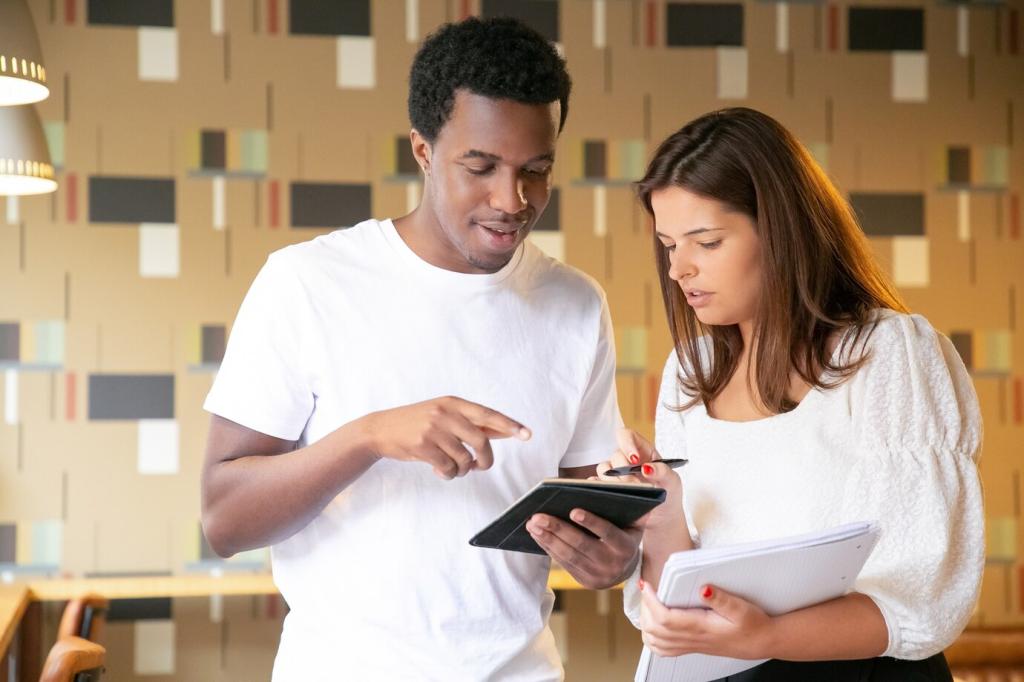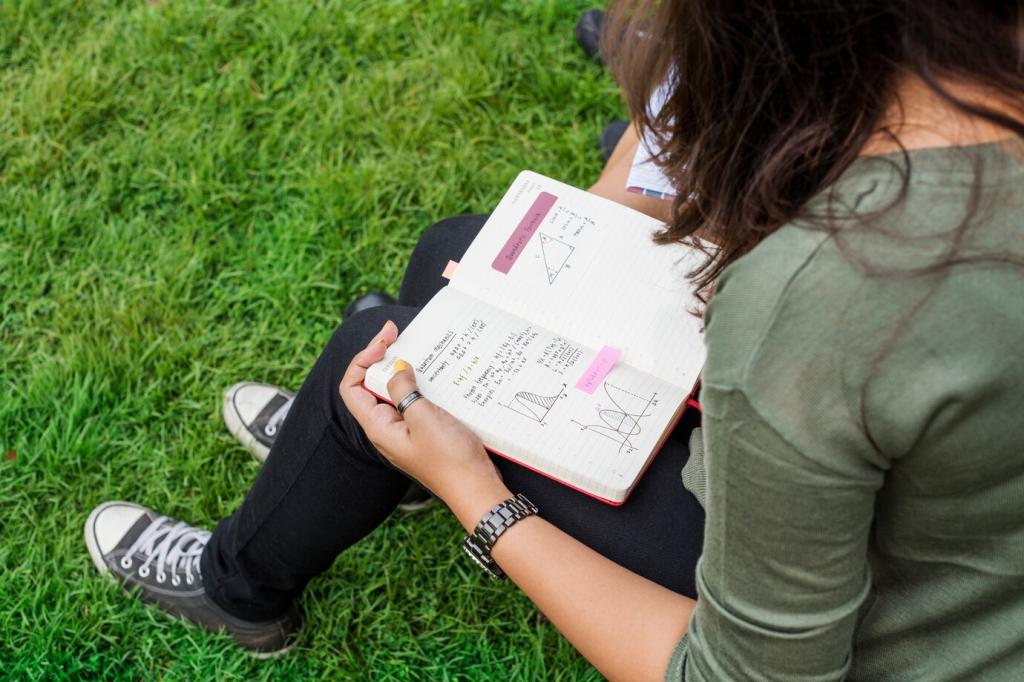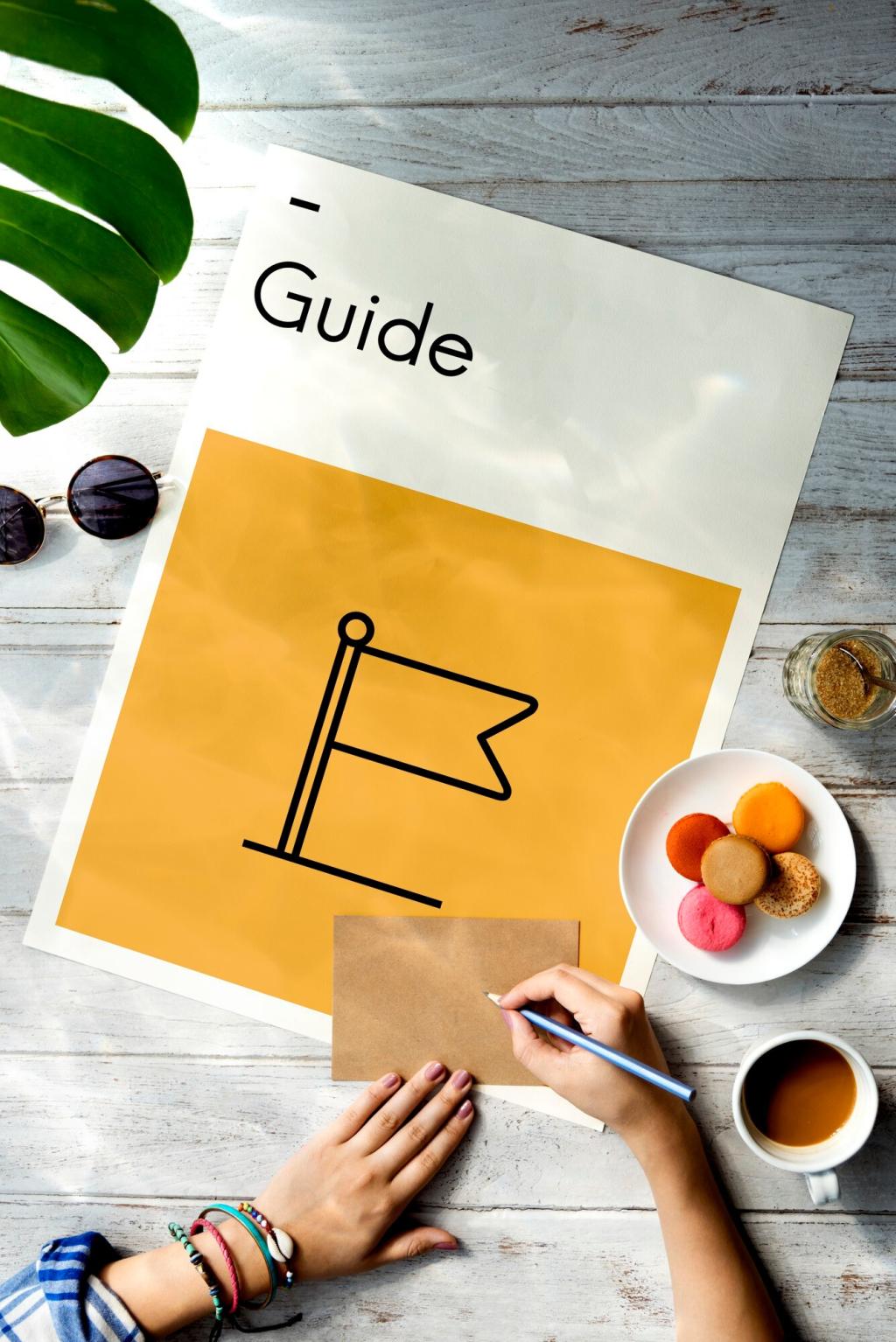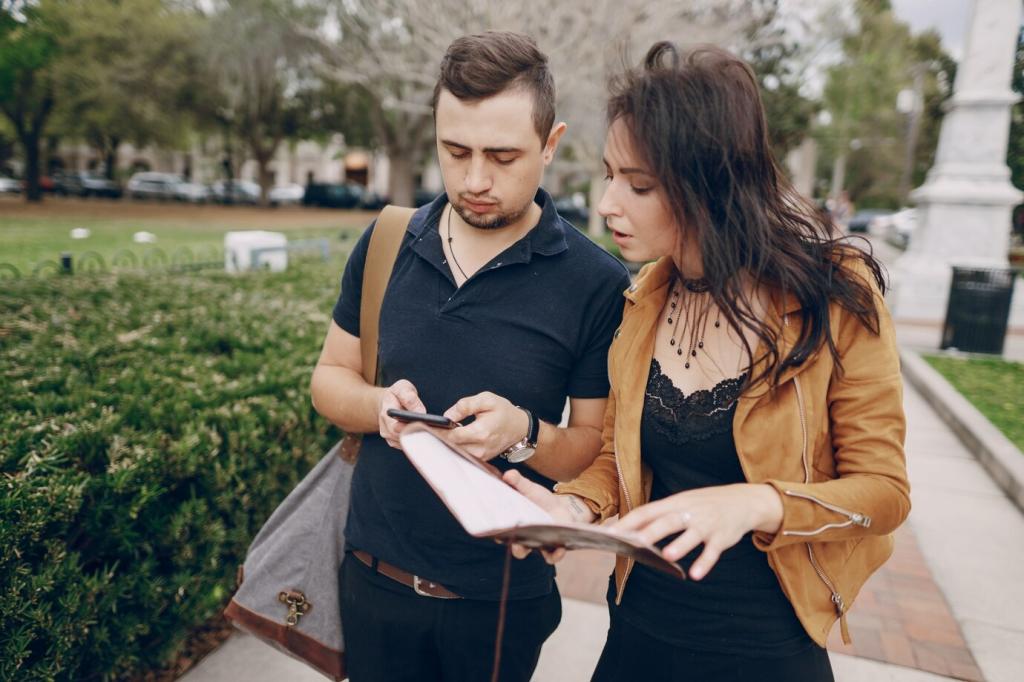Inclusive Guiding: Voices and Needs
Ask low-pressure, opt-in questions like “Thumbs up if that makes sense.” Offer small pair shares before a full-group response. This gentle scaffolding lets quieter people contribute meaningfully without spotlight stress.
Inclusive Guiding: Voices and Needs
Reinforce key points verbally, visually, and physically. Combine a short explanation with a quick diagram or demonstration. This multi-channel approach respects diverse learning styles and reduces the risk of crucial details being missed.
Inclusive Guiding: Voices and Needs
Avoid shaming phrases. Use calm, choice-oriented wording like “If you prefer, you can…” Offer content warnings for intense topics. This thoughtful framing builds safety and strengthens trust across varied life experiences.






